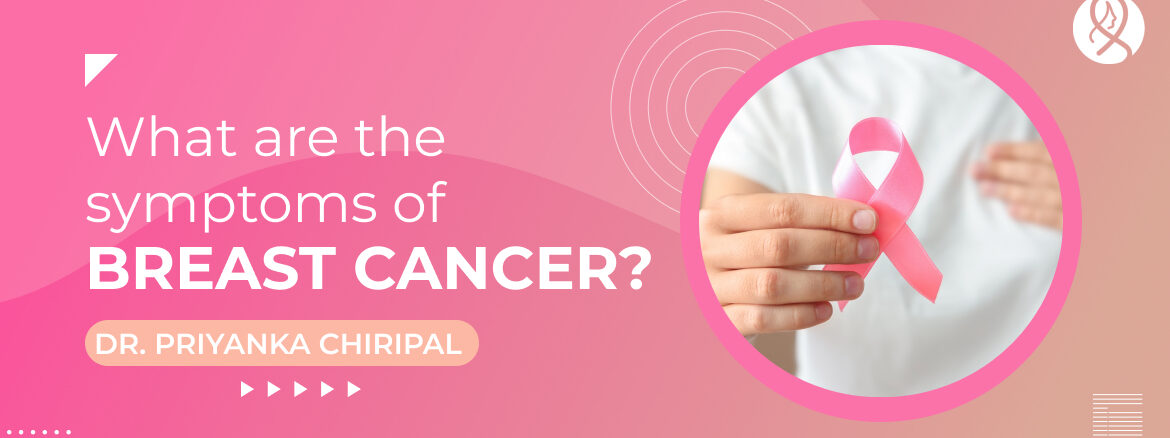Introduction
Breast cancer is one of the most prevalent forms of cancer affecting women worldwide. According to recent studies, 1 in 8 women will develop breast cancer at some point in their lives. While breast cancer is more common in women, it can also occur in men. Men account for less than 1% of all breast cancer cases. Breast cancer can be a life-threatening disease, but early detection can increase the chances of successful treatment and recovery.
Whether you’re a woman, man, or someone who cares about their health, understanding the symptoms of breast cancer can help you take control of your well-being and take steps towards a healthier future. So, let’s dive into the details and explore the signs that may indicate the presence of breast cancer.
Beyond the Lump: Uncovering the Lesser-Known Signs/Symptoms of Breast Cancer
It’s critical to be aware of the signs of breast cancer because it can manifest itself in several different ways. A tumor or lump in the breast tissue is the most typical sign of breast cancer. This can have the sensation of a soft, delicate bump or a hard, painless lump. It’s crucial to keep in mind that not all tumors are cancerous; some may even be benign. However, it is advised to consult a doctor to examine development of any new mass or lump in the breast.
Breast pain, skin changes, nipple alterations, and changes in the breast’s size or form are some other signs of breast cancer. Redness, thickness, dimpling, or puckering of the skin of the breast are examples of skin changes. Nipple alterations can take the form of a rash on the nipple, a change in the nipple’s shape or location, or discharge. Although it is less frequent, breast pain can also be a sign of breast cancer.
It’s important to keep in mind that the symptoms may vary from patient to patient and some women may have no symptoms at all. It is recommended to be aware of any unusual changes in breasts. It is also advised to get routine mammography or other screening tests done by a breast cancer doctor to find if it is cancer. It is important to note that women with a family history of breast cancer have higher chances of being affected with it.
Empowering Your Health: Simple Steps to Reduce Your Risk of Breast Cancer
It is crucial to speak with a healthcare provider if you are experiencing any of these symptoms or have worries about the health of your breasts. A breast cancer doctor can assess your symptoms, run diagnostic tests, and decide on the best course of action for you.
You can take actions to keep track of your breast health in addition to seeing a doctor. These include scheduling routine mammograms and conducting routine breast self-examinations. When performing a breast self-exam, you should look for any changes in your breasts, such as lumps or masses, skin changes, or nipple changes. X-ray scans of the breast tissue called mammograms can spot abnormalities before they become apparent.
Taking proactive steps can lower your risk of developing breast cancer. These consist of:
- Preserving a healthy weight
- Engaging in regular exercise
- Avoiding alcohol, and smoking
- Genetic testing or more frequent screenings
Conclusion
Finally, it should be noted that breast cancer is a serious condition that can strike women of any age. Women should be aware of the warning signs and symptoms of breast cancer and seek medical advice from a breast cancer surgeon if they have any concerns. Regular self-examinations and screenings for breast cancer can aid in the early detection of abnormalities, improving the likelihood of effective treatment. Keep in mind that the key to beating breast cancer is early detection.



